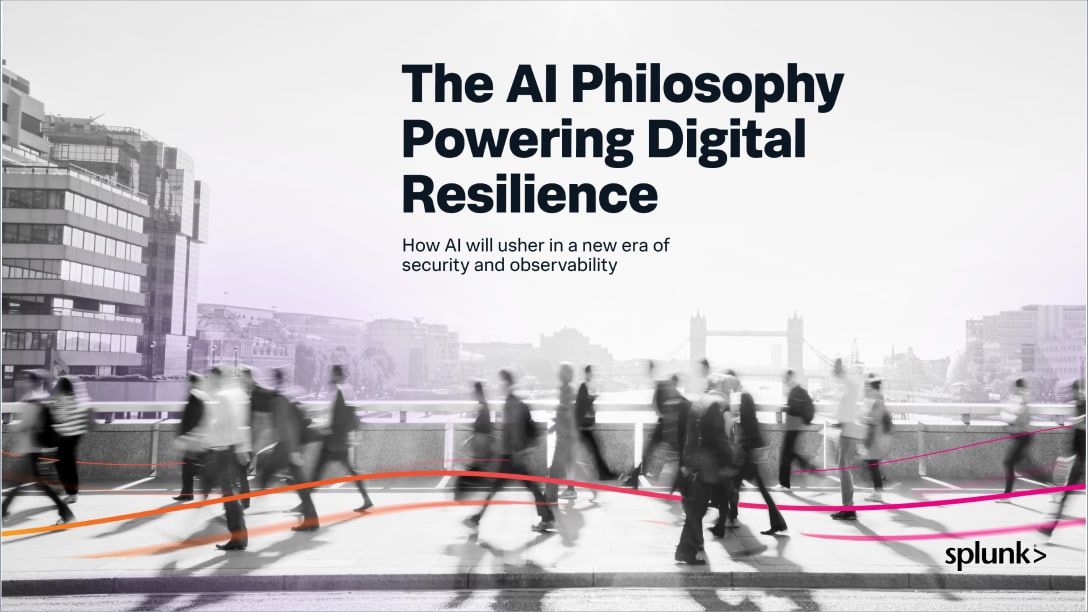3 Ways To Lead Through the AI Revolution

Despite all the noise around generative AI, most businesses are not operating in new or dramatically different territories. They have not suddenly adopted a new mission based on AI. The giant shift this technology is triggering is analogous to the Internet’s impact on retail. Nobody had a business plan for physical retail that included online, but companies that put digital at the core of how they operated ended up benefiting the most.
If we look at the five stages of the Gartner Hype Cycle, which tracks how emerging technologies are adopted and used, we are still at the beginning of the curve, where a lot of media and industry are focused on its applications. Generative AI, which has attracted most of the press, may be supercharging the likes of Adobe’s graphic-design products, but the enterprise use case of AI at large is not as sophisticated.
To the business leader getting caught in the hype, I say slow down. Go back to your playbook and first principles as you incorporate AI into your culture and business model.
The fundamentals don’t change: If you are a fraud-detection company, you still have to detect anomalies and battle security challenges, but now you can train and harness the power of machines to do it better and faster. To the business leader getting caught in the hype, I say slow down. Go back to your playbook and first principles as you incorporate AI into your culture and business model.
AI is no longer only the realm of a small group of technologists and academics researching and developing these capabilities. AI is now accessible to everyone on the planet and is at the peak of inflated expectations in this generative AI hype cycle. Companies are positioned well to help customers by leveraging their platforms, data and AI capabilities to accelerate the mission, especially if they have been investing in AI in an effort to increase their resilience.
Going forward, even if the fundamentals don’t change, everything else will — including how leadership approaches AI in relationship to business strategy.
1. Identify the right areas for investment
The one certainty in this space is that every business must have a strategy. But AI shouldn’t dramatically change their prioritization process. Always look for the applications of AI that align with the organization’s business strategy, offer the most ROI and pose the least risk. Choosing how to invest in AI is really a question of how to best leverage its speed and personalization to make a superior and more specific product.
Speed is orchestrating thousands of machines — large-scale infrastructure — to perform a task or operation in parallel. Identify a security issue, a development issue, or a language issue, and find out how AI will solve it better and faster. To create a more specific product with unique solutions, train your AI product off both public information and proprietary data.
The companies successfully implementing AI have simply optimized how they identify risks, close those gaps and learn from customer behavior. In advertising, for example, machine learning that tests many ads targeting different types of customers simultaneously has surpassed manual testing of single ads. Now generative AI is doing all of that unsupervised, plus parsing vast amounts of data in real time for advanced analytics.
Measuring the maturity of processes in an organization is a good frame of reference for self-assessment. How far along is your company in terms of allowing the tech to run unsupervised? Historically, we have used supervised technology, but it can be slow and cumbersome. As machine learning and deep learning create greater footprints, people are increasingly getting out of the way to their own advantage.
2. Gradually move from supervised to unsupervised
A major difference between implementing AI and relying on more traditional process efficiencies is the ethical or regulatory landscape. The capacity of machine learning for autonomous learning and decision-making can leave businesses exposed to unintended consequences if they let it too far out of their control.
A proper risk assessment should address compliance and data security, as well as ensuring training sets do not include bias and inaccuracies. When businesses have the guardrails of clean data in place, they can begin testing and piloting AI. Start small in a controlled environment, such as a specific department. Refine the model based on feedback and benchmark it against existing processes.
There are three simple principles to think about with AI:
- Be domain specific. Tailor AI use cases around product and customers.
- Be assistive. Use AI to speed and strengthen detection, investigation, response and beyond.
- Be open and extensible. Along with existing out-of-the-box capabilities, use AI to open the platform to customers.
All this means that we will make our product more easy to interact with. We will give customers a broader context, and make it simpler to do what customers need to do.
Bear in mind that the enterprise use case of AI is not going to come fully online tomorrow. Finding third-party partners to embed best practices and conduct regular inspections can help avoid unnecessary risk and strike the right balance between supervised and unsupervised use of AI.
3. Prepare the way for a cultural shift
When the Internet redefined retail, brick-and-mortar stores were not supplanted by e-commerce companies. With consumers now expecting a mix of digital and physical interactions, automation has allowed staff to be redeployed in value-adding roles. In a similar way, if AI is going to be a core pillar of the structure leaders are building, then they must learn to trust the technology themselves and engage employees as willing participants in the transition.
I suggest leaders get familiar with AI by using it day to day. This can break down barriers by allowing it to offer more contextualized insights rather than trusting it only for raw data. For employees, training and upskilling are crucial components of an incentives program that rewards people for their adaptability and helps allay fears about job losses.
While businesses will no longer need an army of people to do some of the more mundane tasks, the efficiencies AI introduces are going to create more opportunities elsewhere. Automation allows a broader range of people to get involved in specialized tasks, such as fraud detection, that used to be the exclusive domain of top experts. It is an assurance worth reiterating to employees wary of AI impacting their livelihoods: The aperture for the types of work people can do is widening, not tightening.
Building agility into the future
Deep learning uses language models to mimic how humans think and communicate — and generative AI is the interface. While the hype over AI delivering more human-like content is real, most business leaders would do well not to get distracted. Developments in this space are not cinched up and done, so adaptability is a key attribute as we move forward. When leaders and employees alike understand that AI enriches the way companies are doing business, they will also be opening a door for AI to build their organization’s resilience and agility in a future that we all share.
A version of this article appeared in The Fast Company Executive Board.
Related Articles
About Splunk
The world’s leading organizations rely on Splunk, a Cisco company, to continuously strengthen digital resilience with our unified security and observability platform, powered by industry-leading AI.
Our customers trust Splunk’s award-winning security and observability solutions to secure and improve the reliability of their complex digital environments, at any scale.


